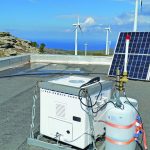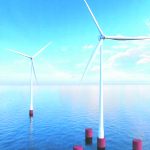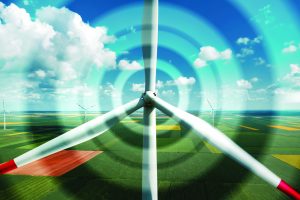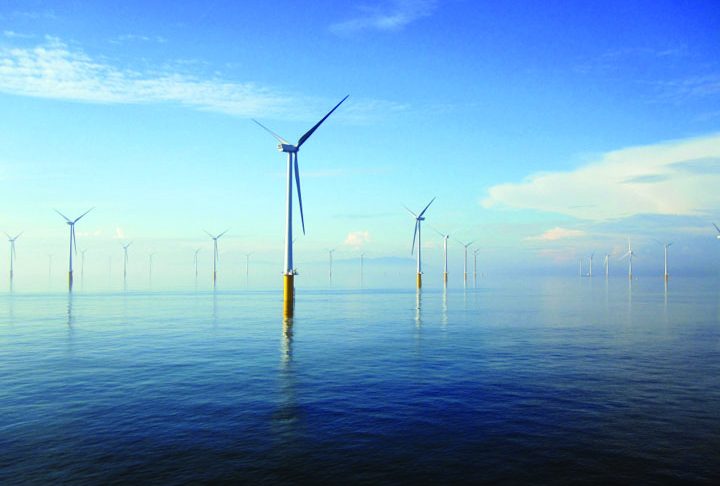Offshore wind capacity around the world now tops 31.9 GW, with expectations of an additional 11.8 GW growth by year’s end. Market development is expected to continue, especially as newcomers such as the U.S. expand their reach and countries such as Brazil enter the market for the first time.
But offshore wind turbines remain vulnerable to maintenance issues due to environmental conditions at sea. High winds and corrosive salt waters can wreak havoc on turbine blades. Greater exposure to ultraviolet radiation also takes a toll.
Meanwhile, blade condition is a key factor for continuous turbine operation. Yet, as turbines move into deeper water, erosion and wear become bigger issues, reducing overall efficiency by as much as 5 percent.
Damage identification through inspection is the best way to predict blade failure before it occurs. In fact, a 2015 report by the Bureau of Safety and Environmental Enforcement (BSEE) recommends yearly blade inspection. Foundations must also be inspected.
But offshore inspection comes with its own risks to workers, including falls, electric shock, and risks from working in confined spaces. With turbines reaching new heights — quite literally, as GE’s new Haliade-X wind turbine will be more than 850 feet tall from base to blade tip — these hazards will only increase.
To mitigate these issues, many wind farms are turning to drone technology for inspections. Drones offer significant safety improvements over traditional inspections using industrial climbers. This new technology may also offer long-term cost benefits due to improved efficiency.
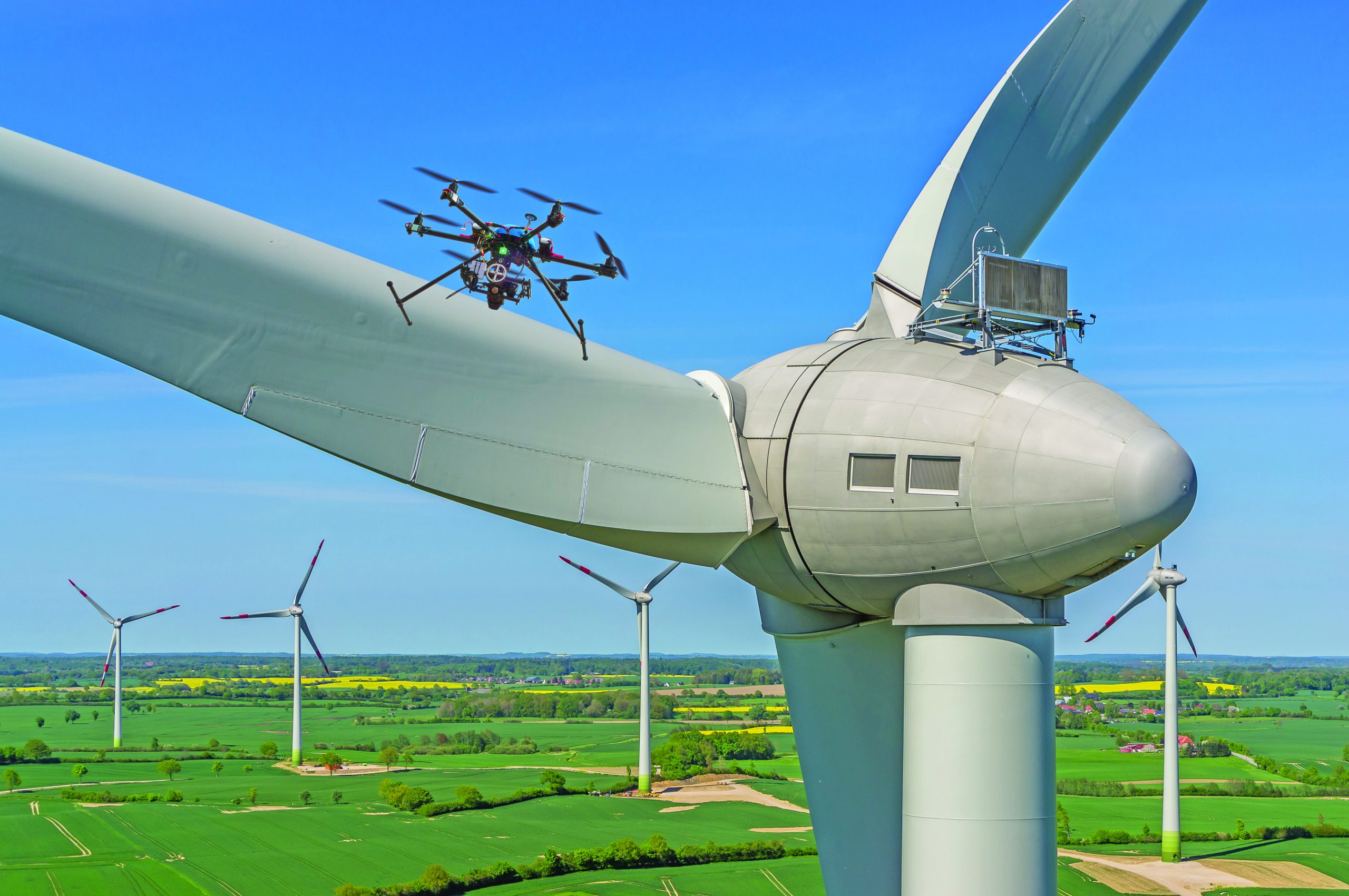
Mobile Thermography Inspection
As offshore turbines age, minor surface roughness begins to generate turbulence that lowers efficiency. Left unchecked, damage can lead to more serious issues such as edge erosion and surface fatigue. But unpredictable weather conditions offer hit-and-miss windows for high-altitude inspections. Scheduling off-site human workers to take advantage of these opportunities can be difficult at best.
A better solution uses automated drones equipped with mobile thermography sensors. This technology measures heat-flow variations within materials. Areas with structural defects create friction and heat, generating lighter temperatures on the thermal image. Damage is pinpointed, offering opportunities for repair before downtime is necessary.
Automated flights remove the need for scheduling visiting workers, as IoT-connected drones can be controlled remotely. Additionally, thermal images can be taken at a distance that mitigates potential drone/blade collision concerns. According to a 2018 report by the U.S. Department of Energy, thermography systems successfully detected flaws as shallow as a quarter-inch during benchtop testing.
Adding Lidar (Light Detection and Ranging) inspections in conjunction with mobile thermography can provide additional data thermal imaging may not provide alone. Lidar inspection offers high resolution images, but this relies on slow-speed close fly-bys. Still, with recent improvements in battery technology, many drones can now inspect all three turbine blades without a battery change.
Additionally, drones can significantly speed up inspections as compared to traditional climber inspections. One U.K. startup project suggests drones will cut manual inspection time down by 80 percent while cutting costs in half.
Better Foundation Inspection Possible
Offshore turbine foundations are subject to wind turbulence and harsh marine environments. Prolonged wave loading, axial loading, and low-amplitude lateral loads can all generate significant cyclic stress.
But conventional inspections put engineers into precarious positions as they inspect foundations for evidence of structural strain. Workers must use ladders to access foundation junction points. But not all areas are easily accessible. Workers must deal with heights, wind, and other environmental dangers. Inspections may run upwards of six hours.
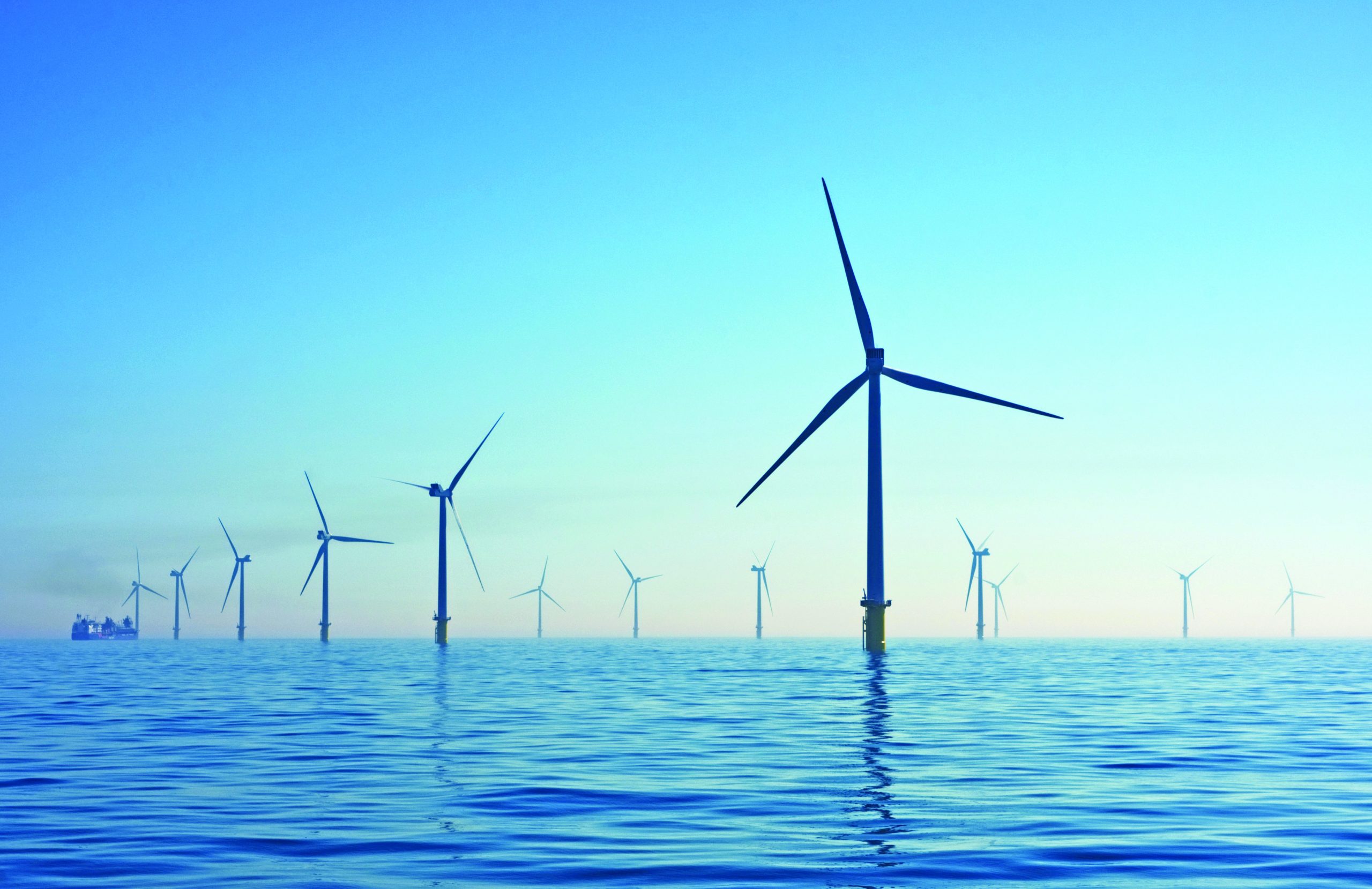
Now, the same inspection can be completed using a drone with a mounted high-resolution DSLR camera. Drones offer 360-degree access to all of the wind-turbine foundation above the waterline, removing blind spots typical with manual inspection. High-resolution images provide visual data regarding damage to bolt joinings, tower, and other components, that then can be used for further assessment and scheduling of repairs. Additionally, drone inspection is as much as 15 times faster than traditional inspection methods, making best use of short inspection opportunities.
Underwater Inspection
Offshore wind companies also need to regularly check underwater structures and cables connecting their turbines to the seabed. Until recently, divers or expensive, complicated ROVs (remotely operated vehicles) completed the job.
But in recent years, robotics companies have developed underwater industrial inspection drones. These user-friendly machines can run from a smartphone or PC tablet with very little training. The drones are designed for quick deployment, allowing for inspections in minutes rather than hours or days. They can withstand heavy ocean currents, sometimes offering oscillation damping for clearer video production. With an operational range to 150 meters, drones can easily inspect all existing fixed and floating foundation turbines in use today. Additionally, these drones can access locations around turbine bases that would otherwise be inaccessible or dangerous to human divers. And like their flying counterparts, underwater drones offer essential visual data that can streamline and improve repairs and operations.
Challenges for Drones
But offshore turbine inspection still poses challenges for drones. High winds affect drone maneuverability, making them sluggish or difficult to control. Rapid wind speed and directional changes around turbines can be challenging for inexperienced operators. Salt residue from sea air can affect drone motors, fans, and gimbal assemblies. Accidents, while rare, still occur.
Successful drone inspection relies on good planning. Automated flights minimize operator issues and can make the most of limited fair-weather conditions. Autonomous inspections are preferable, too, due to precise onboard sensors with split-second adjustment control. This is typically superior to an operator relying on visual feedback. When using real-time human direction, it’s important pilots demonstrate experience dealing with challenges associated with flying around wind turbines.
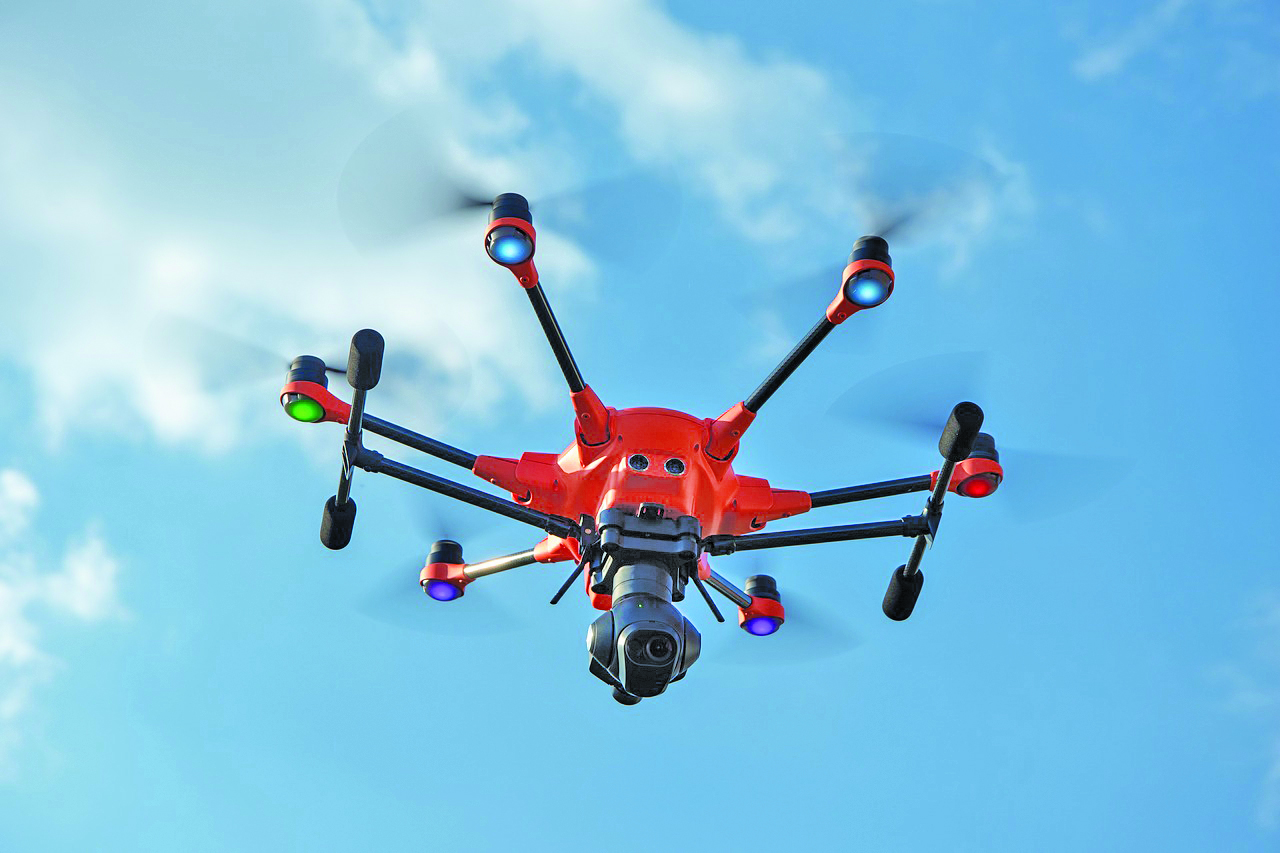
Conclusion
Traditional offshore wind-turbine inspections come with significant risks for workplace accidents if performed in the wrong conditions. But wind farms that limit preventative maintenance increase the likelihood of lost revenue and asset damage, as well as escalating workplace risks. It can become a maddening Catch-22 for operators who want to maintain a safe, well-maintained environment.
Drone thermographic inspections can change that. Predictive maintenance and better data will offer deeper insight for risk-adjusted decision making, allowing performance improvements and decreased failures to follow.

















